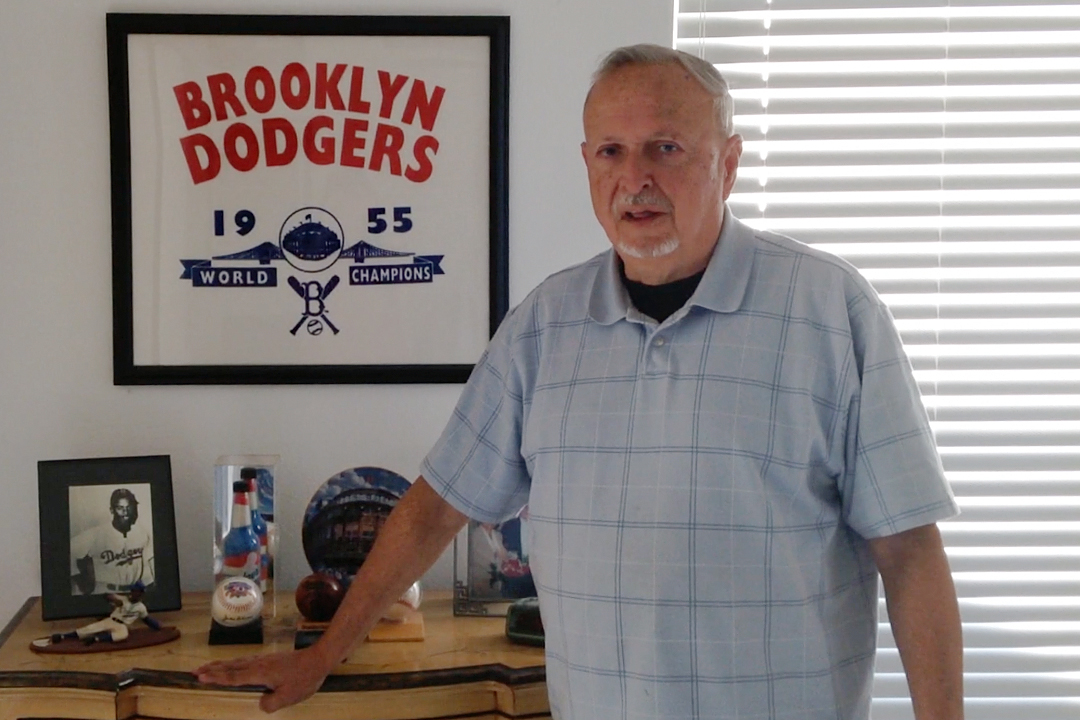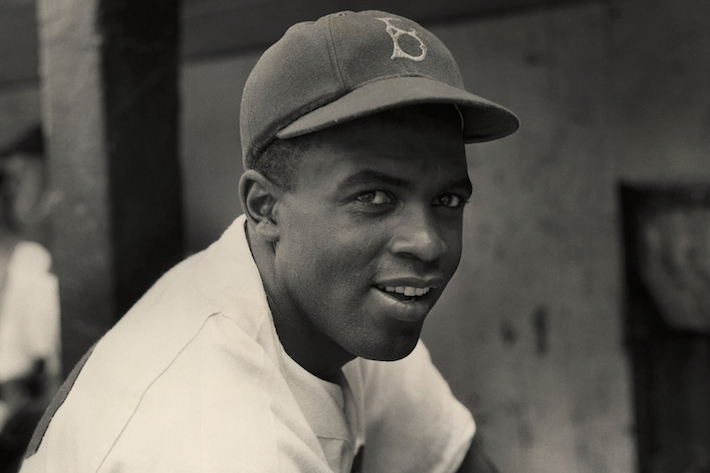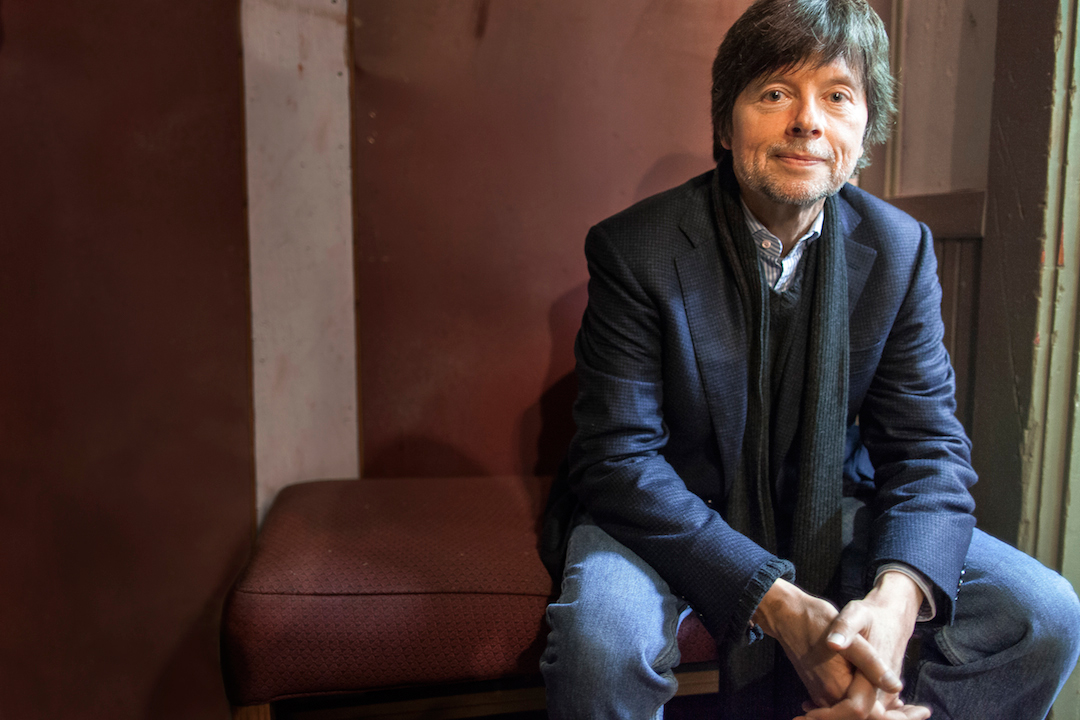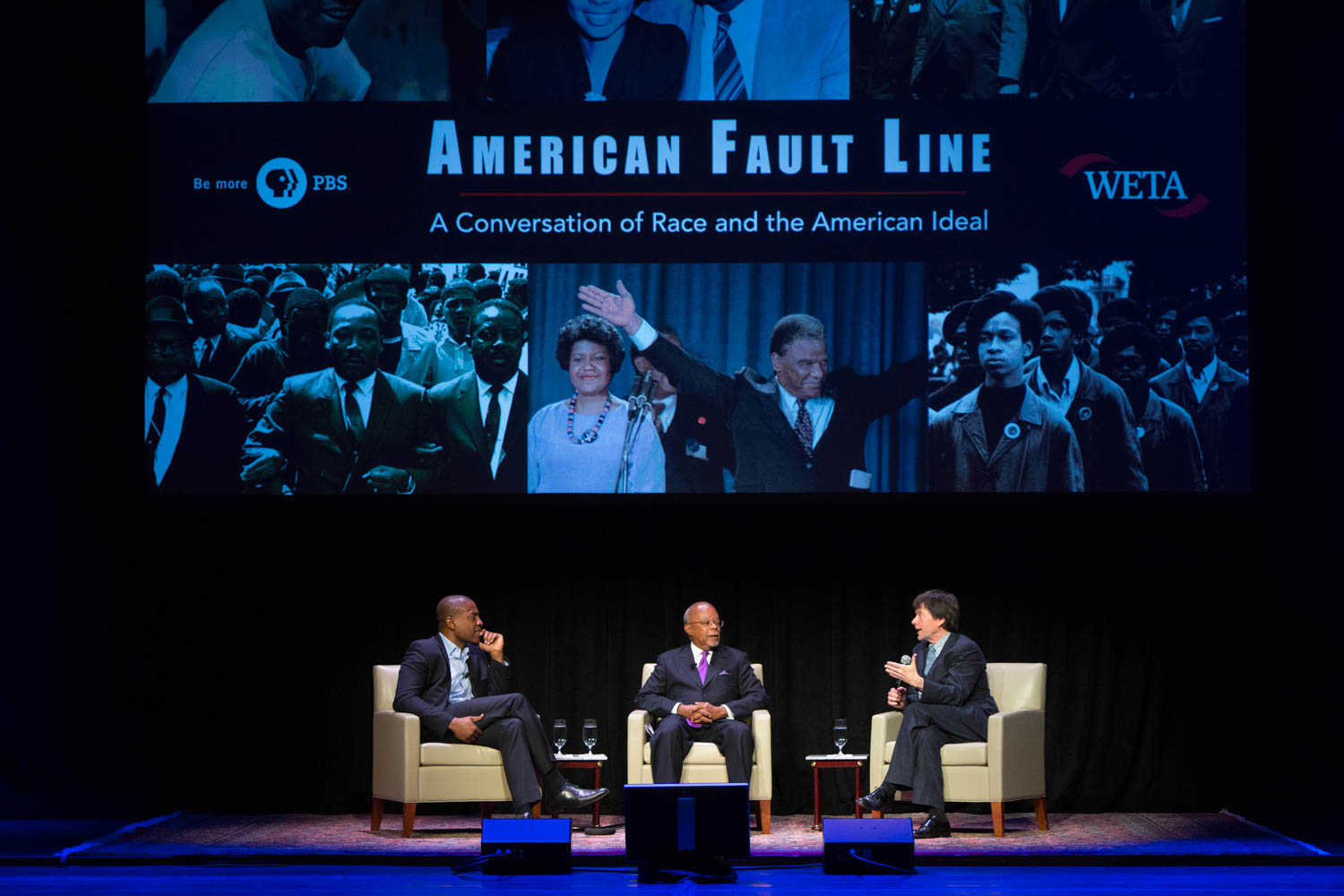By James Irwin
In 1996, just prior to the 50th anniversary of Jackie Robinson’s breaking of baseball’s color barrier, Richard Zamoff secured a small grant from the District of Columbia Humanities Council to establish a project centered on Mr. Robinson’s place in American history.
“We would bring in scholars to talk about Robinson’s life, emphasizing his role as an informal civil rights leader,” said Dr. Zamoff, a professorial lecturer in the Columbian College of Arts and Sciences. “The effort was to preserve and promote his legacy.”
Two decades later, Dr. Zamoff—along with students, supporters and alumni—is preparing to commemorate the 20th anniversary of the Jackie Robinson Project. A celebratory event is scheduled for 7 p.m. April 14, in the Marvin Center Continental Ballroom.
It is an opportunity to honor Mr. Robinson’s significance beyond baseball, Dr. Zamoff said.
A course on Robinson
Advancing the study of Mr. Robinson’s life has been a focus for Dr. Zamoff. He grew up “in the shadows of Yankee Stadium,” he said, but cheered for the Brooklyn Dodgers.
“We were raised that the Dodgers were more than a baseball team and that there was a significance to Jackie Robinson that went well beyond the playing field,” Dr. Zamoff said.
His popular sociology course, “Jackie Robinson: Race, Sports and the American Dream,” has been the cornerstone of the Jackie Robinson Project since its inception. Dr. Zamoff, who recently was selected professor of the year by GW student-athletes, uses Mr. Robinson’s life to peel back contemporary issues in race, gender, sport and U.S. society.
“It’s basically looking at the role of sport and how people like Arthur Ashe or Jack Johnson or Billie Jean King or Jim Brown or Curt Flood changed America,” Dr. Zamoff said. “Robinson is the focal point, but the spin-offs are many.”
 Richard Zamoff, recently selected as professor of the year by GW student-athletes, created the Jackie Robinson Project in 1996 by securing a small grant from the District of Columbia Humanities Council. (GW Athletics Communications)
Richard Zamoff, recently selected as professor of the year by GW student-athletes, created the Jackie Robinson Project in 1996 by securing a small grant from the District of Columbia Humanities Council. (GW Athletics Communications)
Examining culture through sport
The Jackie Robinson Project has expanded beyond classroom in the two decades since its creation.
In the late 1990s, Dr. Zamoff and Lonnie Bunch—then a lecturer in GW’s museum studies program and now the founding director of the Smithsonian's National Museum of African American History and Culture—curated an exhibit examining Mr. Robinson’s baseball career and his efforts in the modern civil rights movement. In 2000, a group of GW students formed what is now the Jackie and Rachel Robinson Society to sponsor discussions at schools, libraries and community centers.
Today, 55 schools in 10 states, the District of Columbia and Japan are connected to the Jackie Robinson Project through some form of academic study. It is an example of examining history and culture through sport, Dr. Zamoff said.
“In the last 20 years or so there has been an increased recognition that sport is not only a microcosm of society, but it often leads the society. Robinson’s integration of baseball and the passing of Title IX legislation in 1972 are just two examples,” he said. “Sport has often been the catalyst for positive social change.”
Change agent
Mr. Robinson has been in the news often of late. His widow, Rachel Robinson, joined President Barack Obama in Cuba last month for a historic exhibition game between the Tampa Bay Rays and the Cuban national team. “Jackie Robinson,” a four-hour film from Ken Burns, will premier April 11 and 12 on PBS. Major League Baseball will celebrate Jackie Robinson Day on April 15, the anniversary of his professional debut.
Mr. Burns, who spoke with GW Today ahead of his March 14 event with Henry Louis Gates Jr. at Lisner Auditorium, has called Mr. Robinson the most important person in the history of baseball, and one of the most important people in American history. Those are well-deserved accolades, Dr. Zamoff said.
At the 20th anniversary event of the Jackie Robinson Project, he plans to provide a few remarks to help explain why.
“Jackie is the first visible sign of change in black-white relations in the 20th century,” Dr. Zamoff said. “Plessy vs. Ferguson in 1896 set the stage for Jim Crow and separate but equal. Robinson comes along a year before Truman issues the executive order desegregating the military and seven years before the Brown vs. Board of Education [Supreme Court case]. He is that important historically and for reasons that have nothing to do with baseball.”





